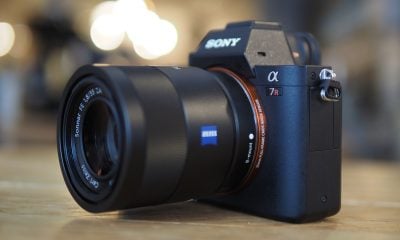Sony Alpha A7r II review
-
-
Written by Gordon Laing
Verdict
The Sony Alpha A7r Mark II is without a doubt one of the most impressive digital cameras to date: packed to the brim with features and capable of delivering higher quality images and video than anything at its price. At a time when many new cameras represent minor updates over their predecessors, the A7r Mark II goes all-out to tick almost every box. It’s also unashamedly the highest-end mirrorless camera from a mainstream manufacturer and sets out to prove there’s not only a market for one, but judging by pre-orders and discussion, high demand.
Amazingly, it’s also the fifth full-frame mirrorless camera from Sony in less than two years. The company is developing and refining at a speed that must perplex and terrify slower rivals in equal measures – and you really can see and feel the difference between each generation, even from the recent A7 Mark II. As such while less than two years separate the original A7r and the Mark II, they look, feel and shoot like two very different cameras. Sony’s taken on-board much of the criticism of the original and made corrections and significant enhancements in around half the time Canon spent between the 5D Mark III and 5DS(r).
Before going any further, I’ll answer the big question of image quality: photos from the Sony A7r Mark II are jam-packed with detail, bereft of moire and in my tests roughly matched the real-life resolution of the Canon EOS 5DSr with slightly lower noise at high sensitivities. In short, they look great. I’ve gone into detail in my results pages, but essentially there’s little to choose between them in terms of resolving power and noise. There’s also plenty of dynamic range, but if you’re into wrangling every last drop of tonal detail, you’ll curse Sony for continuing its perplexing strategy of always compressing RAW files. That said, it didn’t affect any of my own photos, but I know it bothers some photographers a great deal and I hope Sony can address it with an update. Video quality is also very impressive, with the choice of not just 4k UHD and 1080 / 60p, but also 720p at 120fps for a 5x slowdown on 24p timelines. I also appreciate Sony offering the choice of full-frame for wide-angle coverage or cropped Super-35 for superior quality; the latter may still employ a non-integer scaling factor, but I found it delivered slightly crisper detail with fewer artefacts than the full-frame version; again there’s much more information in the movie section of my main review.
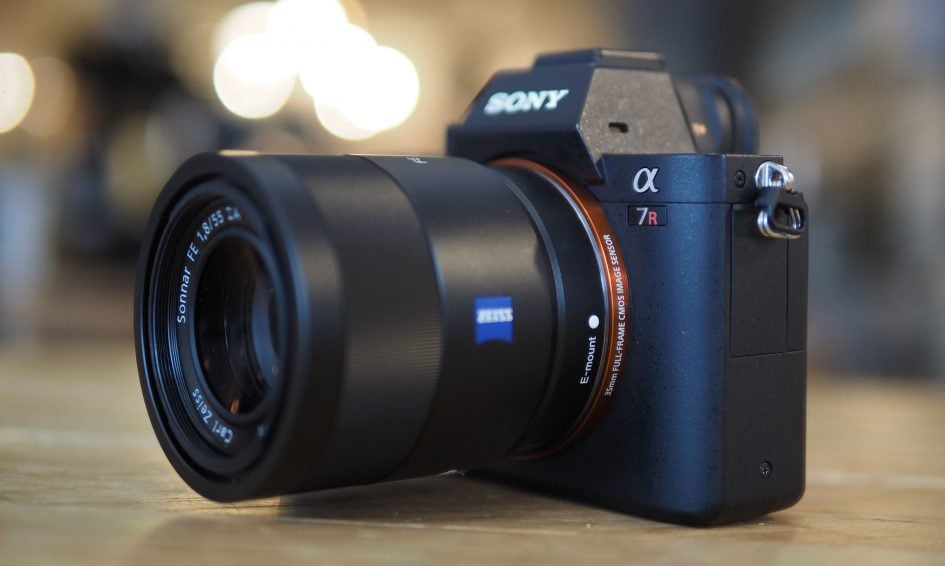
Improved quality aside, arguably the most important differences between the A7r Mark II and its predecessor are handling and ergonomics, particularly in terms of the AF system and shutter damping. The chunkier grip inevitably makes the body a little larger and arguably less cute than the original, but it sure does make it more comfortable to hold; likewise the new positioning of the shutter release. Couple these with the built-in stabilisation, the sensible addition of an electronic front-curtain along with improved shutter damping, and you have a camera that not only banishes many of the vibration issues of its predecessor, but gives you a much higher chance of enjoying its full resolution in general-use than a high resolution DSLR.
That’s quite a statement, so I’ll qualify it further. When composing with the optical viewfinder, a traditional DSLR has to contend with potential vibration from the mirror flipping up along with the shutter opening. It may not have been a huge issue with lower resolution models, but as Megapixels steadily increase, you can more easily notice any compromises in the body or your own technique. Indeed when shooting with the EOS 5DS(r), I found I could only guarantee 50 Megapixels worth of detail when shooting from a tripod with mirror-lockup and in live view to exploit the electronic front-curtain shutter.
But as a native mirrorless system, the Sony A7r Mark II avoids mirror-flaps altogether and exploits an electronic front-curtain shutter by default. There are literally no vibrations from internal parts as you trigger the exposure. And while tripods are still recommended for the best results, the built-in IS gives you at least a stop or two of exposure advantage over a DSLR with an un-stabilised lens. This is such an important point as resolutions increase: if the body can’t keep the image steady during the exposure, you’re not going to enjoy the benefit of those extra Megapixels.

Above: 13 seconds, f16, 50 ISO, FE 70-200mm at 100mm
Then there’s the embedded phase-detect AF system on the A7r Mark II which is not only a World apart from its predecessor and better than even the recent A7 Mark II, but also superior to high-end DSLRs in many respects. Fit a native lens and the AF on the A7r II is not only fast, but it’s offered in an array that occupies a much larger portion of the frame with a denser concentration of AF points than the typical diamond pattern on a DSLR. It’ll also exploit face and eye detection over that same wide area, making it easier to nail a shallow depth-of-field portrait shot without having to lock, re-compose and possibly find yourself a fraction out. And perhaps most important of all, it’s accurate, based on data from the actual imaging sensor, not a separate AF module.
In contrast, if you want fast focusing on a DSLR you’ll need to compose with the optical viewfinder and accept a limited active area and the potential for front or back focusing issues, which only become worse with higher resolution sensors. If you want to focus over a wider area of the frame and ensure perfect focus without potential lens calibration on a DSLR, you’ll need to compose in Live View, at which point the AF system becomes slower. The fact is, if you want to enjoy 50 Megapixels from the EOS 5DS(r), you’ll need to use it like a mirrorless camera, at which point you have to ask yourself if you’re better-off having a native mirrorless experience.
It’s also interesting to see how an embedded phase detect array on an imaging sensor can exploit the brightness of large aperture lenses to focus in very low light, whereas most DSLR AF modules can’t exploit apertures brighter than, say, f2.8 when it comes to focusing. So fit a typical DSLR and the A7r II with, say, an f1.4 lens, and you’ll find the Sony typically focusing more confidently in very low light.
At this point you may think the only focusing environment where a DSLR can still beat the A7r II is when it comes to Continuous AF. I haven’t had a chance to try very long and bright lenses for serious action, but I did test the A7r Mark II with the FE 70-200mm f4G and found it could successfully track cyclists approaching or receding at speed as confidently as the A6000. Even better, if you set the capture area to APS-C, the AF array covers almost the entire frame area, allowing you to track the action wherever it goes. It’s also great fun to see the swarm of fine AF points tracking a subject, before switching to face detection for people that are close enough, regardless of their position on the frame. I was also impressed with a brief test I made with the old A-mount 500mm f4 mounted via the simple LA-EA3 adapter which proved surprisingly snappy; I’ll report back when I get a chance to try this in a tougher pro sports environment.
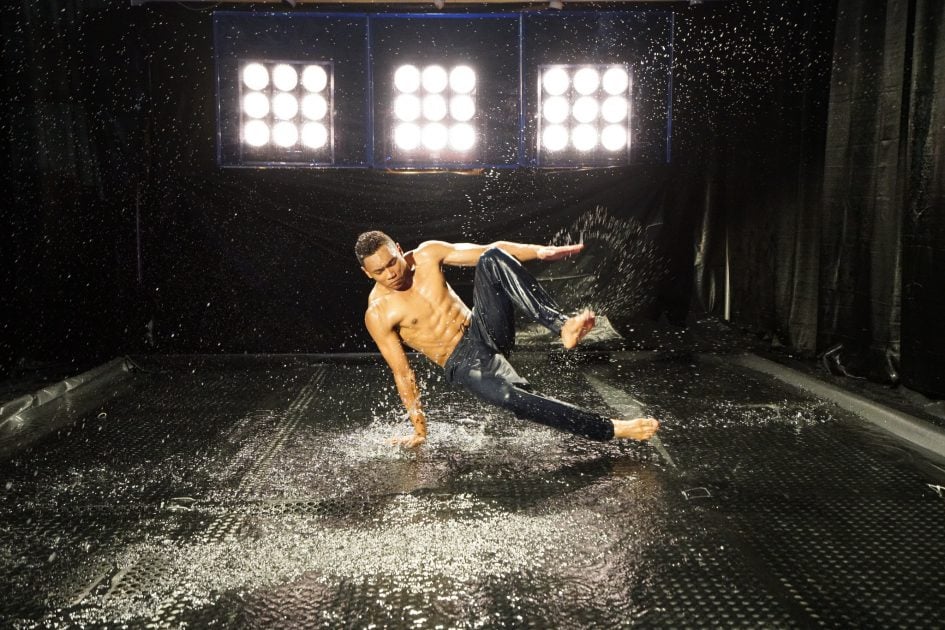
Above: 1/400, f4, 12800 ISO, FE 35mm f1.4
There is one aspect where a high-end DSLR AF is superior and that’s in terms of zoning. The A7r Mark II does allow the grouping of AF points, but only into nine fairly large zones. This is fine for basic use, but sports photographers really need the additional option of smaller zones that you can position more accurately on the frame. I feel this is where Canon and Nikon still enjoy an edge that pro sports photographers will appreciate, along with their finer degree of AF configuration options. But it’s indicative just how far Sony has come from the frequently infuriating AF of the original A7r, that the Mark II is really taking-on high-end DSLRs in so many aspects of auto-focusing. And if manual focusing is your bag, don’t forget the A7r Mark II like most mirrorless cameras, offers focus peaking – something that’s still absent on most DSLRs. Indeed with magnified assistance and peaking, the A7r II is so much easier to manually focus than the clear screen on a typical DSLR optical viewfinder.
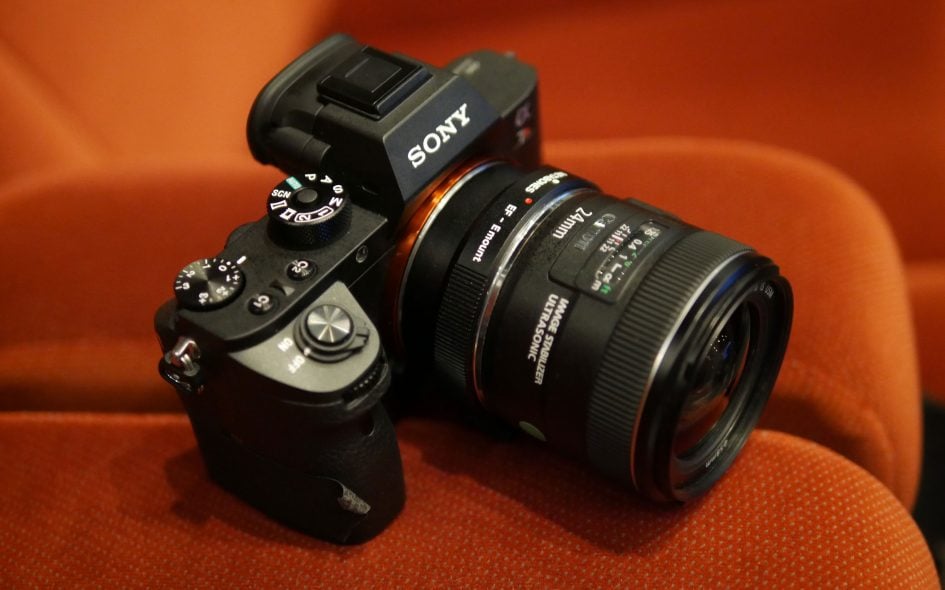
So the A7r Mark II feels better in your hands than its predecessor, focuses as well or even better than many DSLRs, and you only have to depress the shutter release to realise the shutter is a completely different kettle-of-fish. Where the earlier ker-chunk of the A7r could almost make heads turn and birds fly, the Mark II shutter is so much more discreet, and if complete silence is desired, there’s also the full electronic shutter option – sure there’s potential skewing artefacts and reduced dynamic range to contend with, but you may be willing to trade these for silent operation. Again, truly silent operation is something you won’t find on most DSLRs.
Composing with the enlarged electronic viewfinder is also a joy – the image is so large, it’s easy to become immersed in the shot. I’ve gone into the pros and cons of electronic versus optical in my main review, but I personally much prefer electronic composition nowadays. It gives me a large image with support for magnified focus assistance, peaking, movies and playback, along with previews of effects, white balance and exposure. I find it revealing the people who typically wrangle levels, colours and exposure after the event are shooting with the optical viewfinders of DSLRs, whereas most photographers I know who shoot mirrorless can generally achieve the effect they want in-camera – because they can see it before their eyes. There are always exceptions, but if you’re yet to explore the joys of electronic composition, please do give it a try before dismissing it.
So far this is a pretty glowing report, but no camera is perfect and there are a number of complaints I have with the A7r Mark II. For starters I wish the screen were fully-articulated and touch-sensitive: the former to allow shooting at unusual angles in the portrait orientation and the latter for quick repositioning of single AF areas. If you’ve used the Olympus OMD EM5 Mark II or Panasonic Lumix G7 / GH4 you’ll know what I mean – they’re just so much more flexible and quick to use. I used the tilting screen to compose this shot below with the camera high over my head – easy in landscape orientation, but no use in portrait.
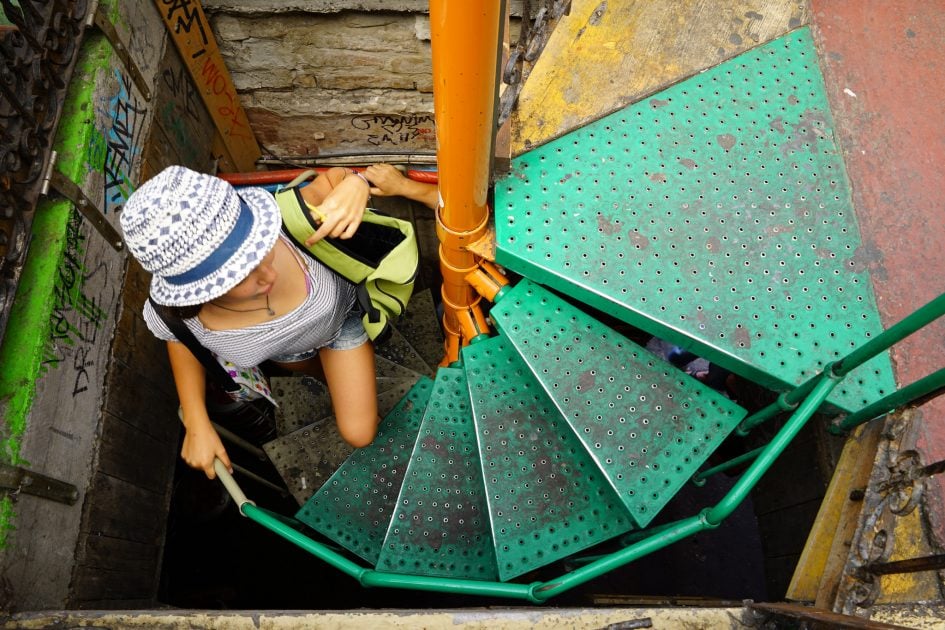
Above: 1/60, f8, 400 ISO, FE 28mm f2
The built-in stabilisation is very welcome, but like the A7 Mark II before it, I found it only gave me one or two stops of compensation, compared to four or five with the Olympus OMD system. Now to be fair, the sensor in the A7r II has roughly four times the surface area, allowing you to deploy higher ISOs with the same quality, which in turn supports faster shutter speeds to help counteract any wobbles. But the fact is you need to keep your eye on shutter speeds much more carefully on the A7r Mark II than the Olympus cameras as shake can creep-in sooner than you expect. Of course the Sony has a higher resolution, but spreads its pixels over a larger area, so the physical compensation of a stabilisation system versus pixel size isn’t all that different.
Comparisons aside, the important point to take home is the old ‘one-over-focal-length’ rule is becoming out-dated for very high resolution bodies. With no stabilisation, I found shooting at one-over-the-focal-length couldn’t guarantee sharp results on the A7r Mark II, nor to be fair, the Canon EOS 5DS(r) either. I generally needed to go one stop faster to be sure. With the A7r II’s stabilisation enabled, I could then achieve a similarly sharp result one stop slower, or if I was lucky, a little slower still, but it wasn’t far from one-over-the-focal-length.
Below is one of the longest exposures I made semi-handheld: one quarter of a second at 28mm, corresponding to almost three stops below the old one-over rule, although to achieve a sharp result I had to press the camera against a tree trunk as I took the photo, and I also had to take several before I captured one that was completely sharp.
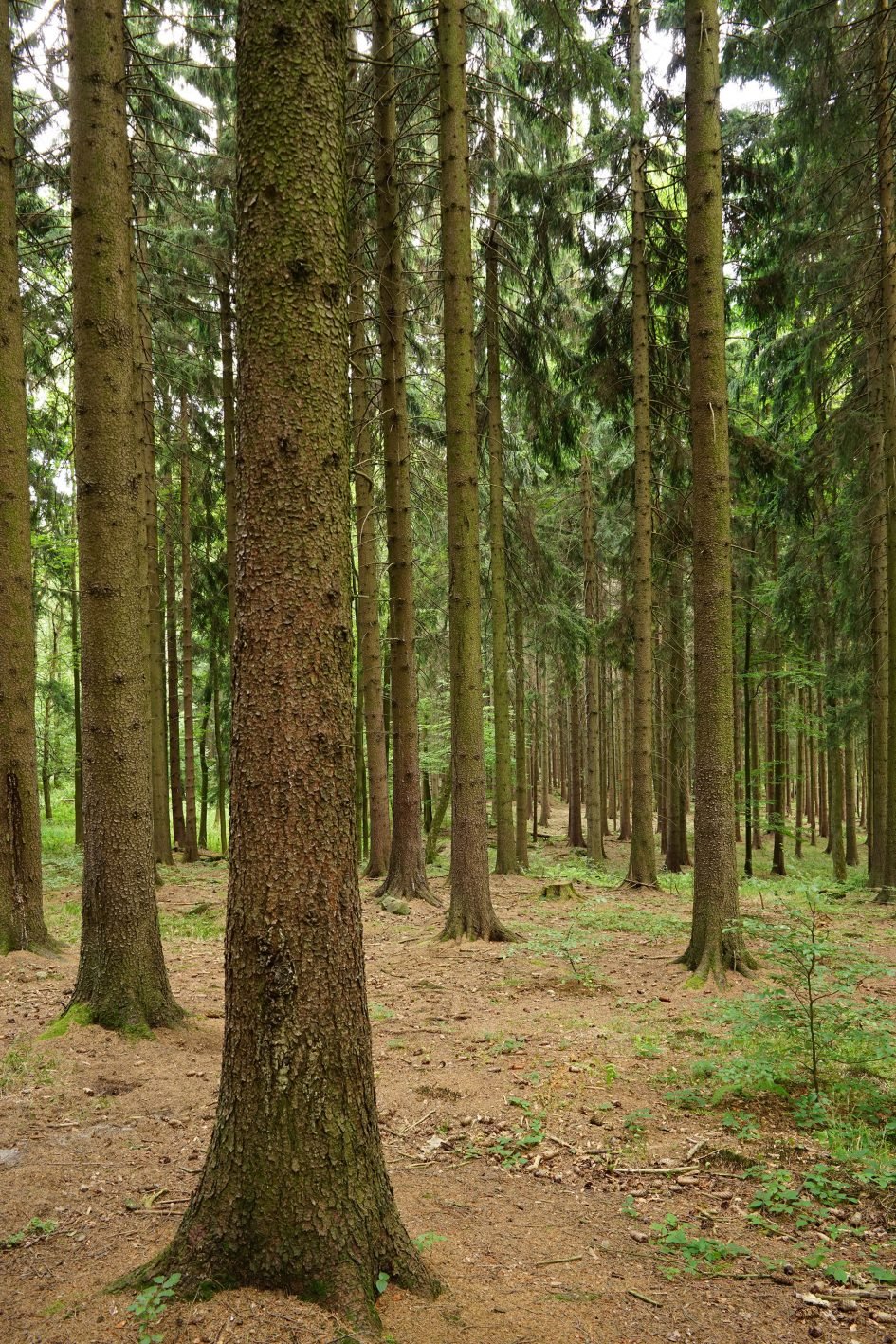
Above: 1/4, f8, 800 ISO, FE 28mm f2
Moving on, Sony’s menus need organisation. I’m used to them now, but still become frustrated to find some options in unexpected places or greyed-out. I’m also perplexed by the downloadable apps requiring their own menus for things like image quality settings, which really should be inherited from the main options. Why do I need to set, say, RAW+JPEG twice in the camera?
And while I appreciate how the app system allows Sony to easily update various aspects of the camera, why is the embedded Smart Remote version (on all Sony bodies) so old? If an owner isn’t savvy enough to connect their camera to the internet and update the app, they’ll be stuck with rudimentary smartphone remote control and wondering why some owners are enjoying full manual exposure control.
While I’m talking about Smart Remote, the GPS implementation is also a little daft. Once the camera is under remote control by your phone, you should see a little satellite icon in the corner. If you then take a photo using the app as a remote control, the GPS co-ordinates will be recorded, but only on the image that’s subsequently copied to the phone. Meanwhile the original image that’s actually recorded onto the camera’s memory card won’t have the positional data. So if you don’t have ‘original’ selected as the transfer quality within the app, you could find yourself with two versions: one original file in the camera’s SD card without GPS data and one in your phone with GPS data, but possibly at a much lower resolution. Sony really needs to offer an alternative GPS logging option that can be synced later after a day’s shooting like most other companies.
My biggest complaint though regards ergonomics and controls. Yes the A7r II is a big improvement over the original A7 series, but I still find most of the buttons and dials unnecessarily small and lack the feedback of some rivals, most notably Canon, Nikon and Olympus. I often felt aware of the A7r II when shooting, with some of the control decisions getting in my way. Olympus in particular has proven how it’s possible to equip a small body with chunky buttons and dials with decent clicks that are more tactile and (crucially for shooting in cold weather) easier to use when wearing gloves. Sony’s design team really need to look more at these companies and how simple things like controls and menus can transform the photographic experience into a pleasure.
Meanwhile the camera’s build may be fine for a high-end consumer camera, but it remains to be seen how well it copes – and lasts – in tougher ‘pro’ environments. Similarly if Sony wants to court high-end DSLR owners to switch, it needs to offer the same degree of pro support in the field. Again we’ll have to wait and see what Sony offers and whether it’s good enough for the pro market.
PS – I should also mention battery life, especially if you’re coming from a DSLR. The A7r Mark II is one of the hungriest cameras around and employs a rather small battery, the result of which is an unsurprisingly short battery life that may only last for one hundred shots or so if you’re also exploiting stabilisation and occasional Wifi. But in its favour, Sony supplies the camera with two packs and the USB charging makes it a doddle to top-up in a variety of circumstances away from AC outlets; you can even now shoot while powered by an external USB battery. So battery life was never an issue for me personally, but it’s important to know what to expect.
Sony Alpha A7r Mark II final verdict
The Sony A7r Mark II is not the perfect camera, but the fact I even need to say that reveals how far Sony has come in less than two years with its full-frame mirrorless range. Yes, I experienced a number of annoyances with the A7r Mark II, most notably involving the controls and menus, but there’s simply no denying this is an extremely impressive camera.
In terms of image quality, it’ll match the real-life resolution and noise levels of the Canon EOS 5DS(r), at a lower price, while simply thrashing it on the feature-front. Just consider the combination of built-in IS, a first-curtain electronic shutter and improved damping means you’ll stand a better chance of exploiting the high resolution than a DSLR, especially when shooting handheld. The fact is, mirrorless cameras with their reduced vibrations and focal-plane focusing are inherently more suited to high resolution imaging than a traditional DSLR. Meanwhile the video quality, especially when filming 4k UHD in the APS-C / Super-35 crop, delivers crisp details with minimal artefacts. And thanks to the October 2015 firmware update, the A7r II can now record uncompressed RAW files if desired.
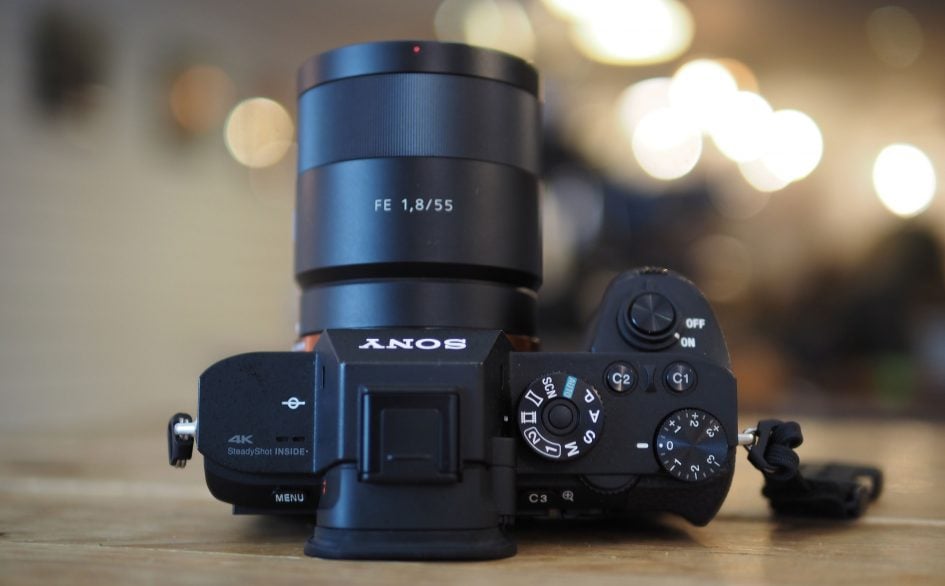
The new embedded AF system is nothing short of miraculous considering the previous generation. Most of us cursed the original A7r’s AF system, but now the Mark II operates noticeably faster and supports pretty respectable continuous tracking. Then there’s the eye-detect with support for AF which can transform portrait shoots, especially with kids who can’t keep still. The icing on the cake is improved support for Canon EF lenses, some of which can now exploit the phase-detect AF system. The caveat here is ‘some’, as I found the best results were only with the latest EF lenses. But when it worked, it worked as well as when mounted on a native EOS body, which is pretty impressive stuff.
But you may not feel the need to adapt lenses as the native catalogue has come-on by leaps and bounds over the last two years. What started as a basic lens system now covers most bases with a wealth of high quality models, all of which are suited to delivering sufficient resolution to the 42 Megapixel sensor. There’s also great third party native options from Zeiss in both auto and manual focus. And remember by focusing with the main imaging sensor, the A7r II eliminates front and back focusing errors.
It all adds up to a camera that becomes the most practical and affordable way to enjoy very high resolution images and video, and as such one that easily earns my Highly Recommended rating. I’m not overly fond of modern marketing terms, but the A7r II really is a disruptive product that should have a serious number of high-end DSLR owners considering a switch when it comes to upgrading. Yes there are still a number issues, but the sheer quality, feature-set and price make it a camera that everyone at this end of the market should seriously consider. Meanwhile other companies should thank Sony for proving there’s not only a market for a truly high-end mirrorless camera, but high demand for it too.
Good points
Very high resolution images and a body designed to capture them.
4k video, 1080 at 60p and 720 at 120p.
Embedded AF system with broad coverage and good CAF.
Built-in stabilisation works with any lens.
Large and detailed viewfinder. Tilting screen.
Built-in Wifi with downloadable apps and smartphone control.
Completely silent shutter option.
USB charging. Can also be powered over USB for shooting.
Bad points
Built-in IS only provided one or two stops in my tests.
Small dials and buttons. Often confusing menu system.
Screen not fully-articulated or touch-sensitive.
Smart Remote app needs updating straightaway for manual control.
Silent shutter mode reduces RAW dynamic range.




